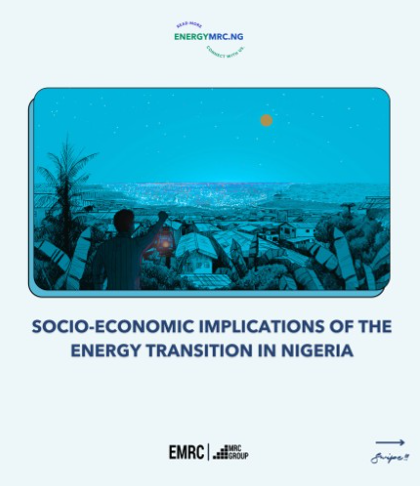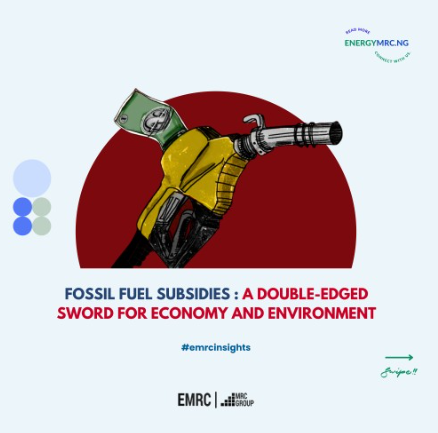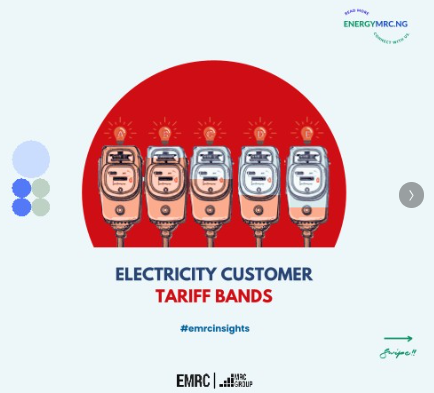Climate justice is vital for ensuring that the least contributors to climate change, often the most vulnerable, benefit from adaptation and mitigation strategies.
🌍 Today's post delves into the significant role of Climate Justice in the ongoing Global Energy Transition.
https://lnkd.in/eTP7iyPK



